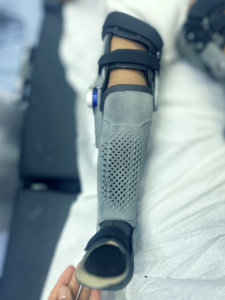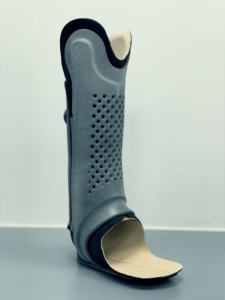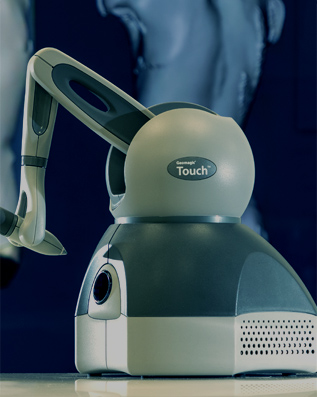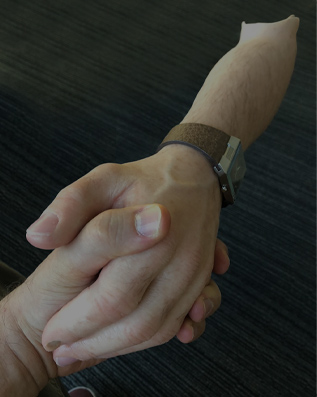What is Blount’s disease?
Blount’s disease, also known as tibia vara, is a growth disorder that affects the tibia bone in the lower leg. This condition causes the bone to bow outward, which can result in an abnormal alignment of the knee joint. Blount’s disease is more common in children and adolescents, with a higher prevalence among overweight individuals.
What causes Blount’s disease?
The exact cause of Blount’s disease is still unknown but research suggests that it may be related to the following factors:
- Genetic factors: Blount’s disease can run in families suggesting that there may be a genetic component to this condition.
- Mechanical stress: Excessive weight and pressure on the growth plate of the tibia bone can lead to abnormal growth and bowing.
- Nutritional factors: A deficiency in Vitamin D or calcium can affect bone growth and development, potentially leading to Blount’s disease.
What are the symptoms of Blount’s disease?
The symptoms of Blount’s disease can vary depending on the severity of the condition. Some common symptoms include:
- Bowing of the tibia bone
- Abnormal alignment of the knee joint
- Limping or walking with a noticeable gait
- Pain or discomfort in the affected leg
- Difficulty with mobility and activities of daily living
Common Orthotics Solutions
- Knee-Ankle-Foot Orthosis (KAFO):

A KAFO is a custom-made orthotic device that extends from the foot to the thigh, providing stability and support to the knee and ankle joints. This device can help align the leg and prevent further bowing of the tibia bone. The KAFO is designed to hold the knee in a straight position which helps to reduce pressure on the inside of the knee joint. KAFOs are typically made of lightweight materials such as carbon fiber or 3D printed and are custom-fabricated to each individual’s leg. They can be worn for long periods and are adjustable to accommodate changes in eg size and shape.
- Ankle-Foot Orthosis (AFO):

An AFO is a custom-made orthotic device that extends from the foot to the ankle with a clamshell design,mostly a clamshell design, providing support to the ankle joint. The AFO can help align the foot and ankle, which, in turn, can affect the alignment of the knee and tibia. AFOs are typically used for less severe cases of Blount’s disease where the bowing of the tibia bone is less pronounced. Similar to KAFOs, AFOs are made to each individual’s leg. They can be worn with or without shoes and are designed to provide support and stability during walking or other activities.
- Monitoring and Adjustments:
Regular monitoring of leg alignment and adjustments to the orthotic devices as needed can ensure that the treatment is effective and optimized for each individual’s needs. It is important to work closely with a physician and orthotics provider to determine the appropriate treatment plan and to make any necessary adjustments to the orthotic devices.
Conclusion:
Blount’s disease is a condition that can affect the growth and alignment of the tibia bone in the lower leg. Fortunately, orthotic solutions can play a crucial role in managing this condition and supporting patients in their journeys toward better mobility and quality of life. If you or your loved one has been diagnosed with Blount’s disease, it’s important to work with our qualified orthotist at MOBILIS clinics in Dubai or Abu Dhabi who can provide personalized recommendations and support throughout your treatment journey.


 May 8, 2023
May 8, 2023
 May 8, 2023
May 8, 2023







